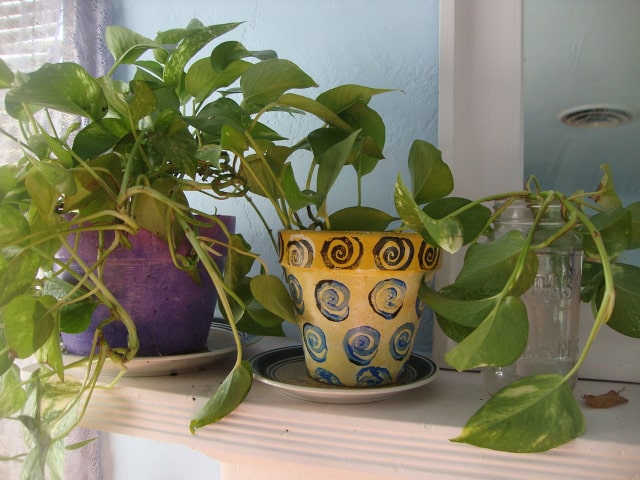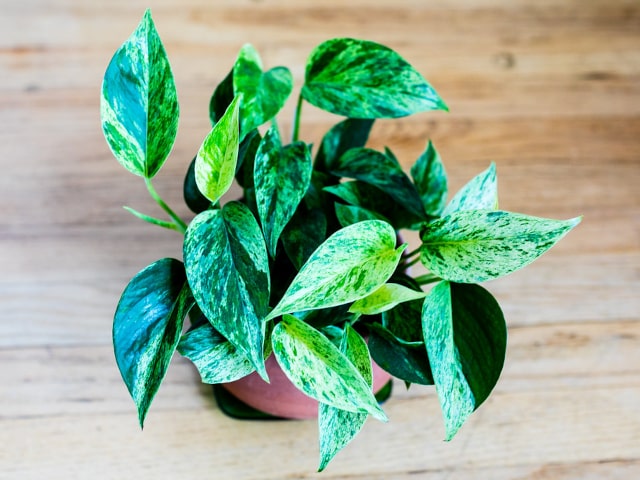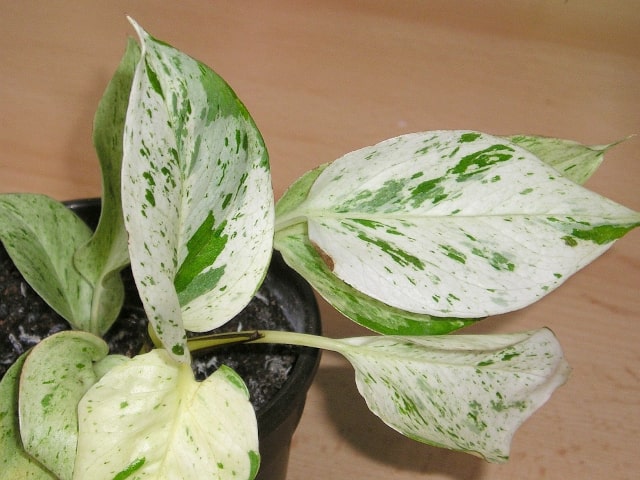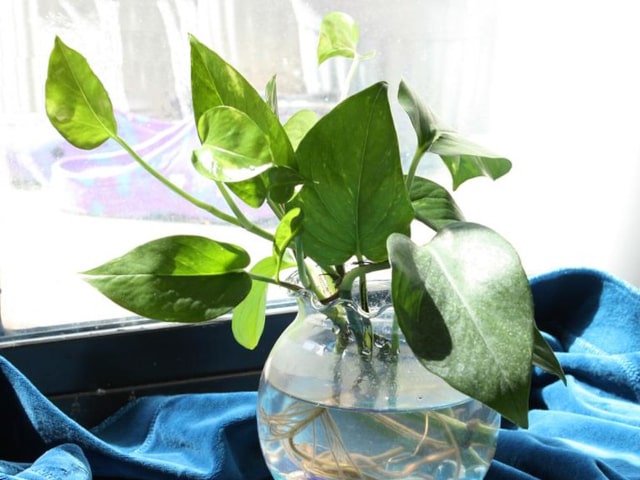
Pothos vines are great houseplants that not only look amazing but can be used to purify the air inside the house. This is one of the main reasons why so many people choose to grow Pothos vines.
Pothos plants are not difficult to grow but it is important to provide your plant with all the things it needs to thrive. Some of the most important things to provide to your Pothos vine are water, adequate light, good soil and a fertilizer.
These growing conditions need to be appropriate for your Pothos plant so it can thrive. Pothos vines are not really demanding but it is important to provide some basic care requirements to your plant so it can grow strong and healthy.
How to Grow Pothos Plants
Here are some basic growing requirements for Pothos plants:
Ideally, they should be grown in a draft-free spot with bright yet indirect light. Good ventilation is also important. These vines will tolerate a few hours of morning sun but make sure that they don't receive full sun in the afternoon. Too much full sun will make the marbling on the foliage fade. Insufficient light, on the other hand, will cause the variegation to fade.
Keep in mind that these plants can gro very well under fluorescent lights. The best fluorescent lights to offer to your Pothos vines is grow light but other lighting options are also possible.
Pothos vines will thrive in temperatures between 65 and 80 degrees F. Keep in mind that they will completely stop growing if the temperature falls below 55 degrees F.
In order to make your Pothos vines happy, make sure to keep the soil evenly moist but not soggy. This is particularly important during the growing period. Make sure to reduce water in the winter. In the winter, it is best to allow the soil to dry a bit before you water your vine again. Remember, over-watering your Pothos vine can be fatal. Never allow your vine to sit in a tray full of water.
It is best to give your Pothos vine fertilizer once per year, in the early spring. It is best to use a granular, slow-release fertilizer. Alternatively, you can feed it every two weeks from spring through the fall with a half-strength dilution of the house plant fertilizer.
Photo credit: Julie Jordan Scott



0 Comments